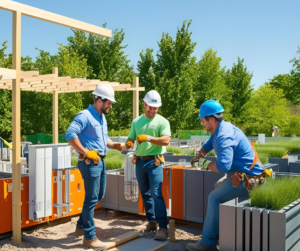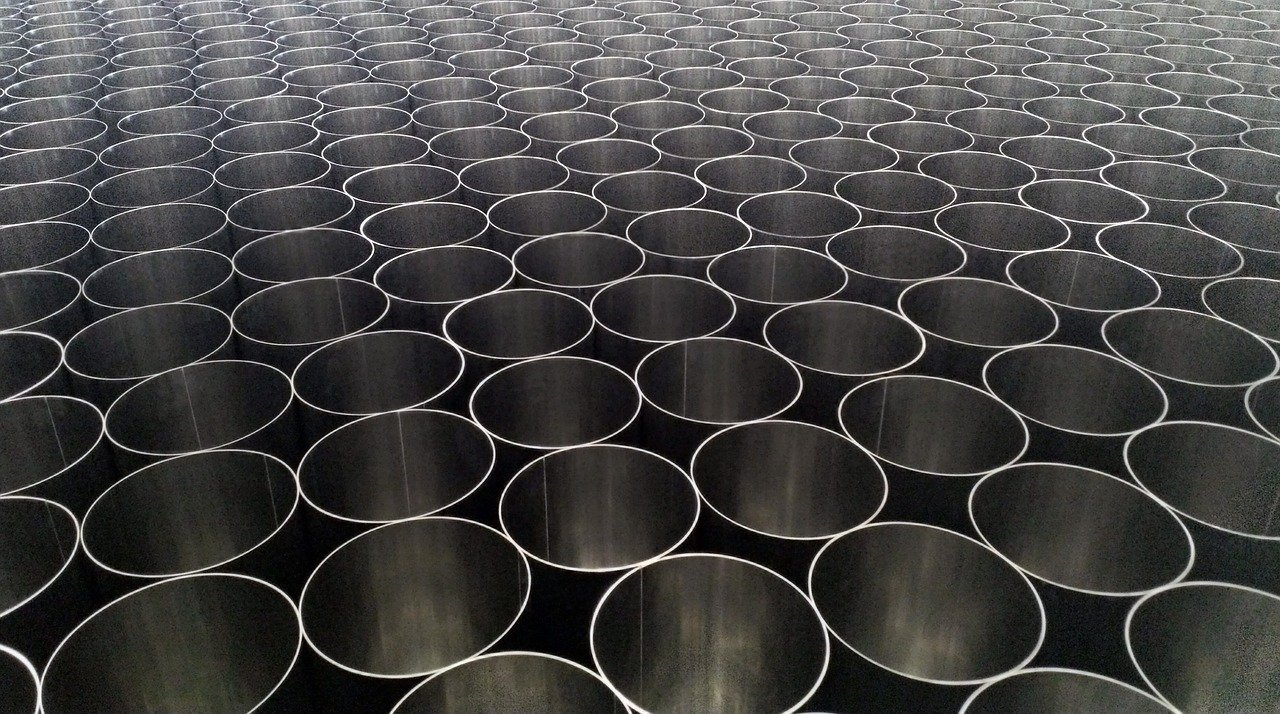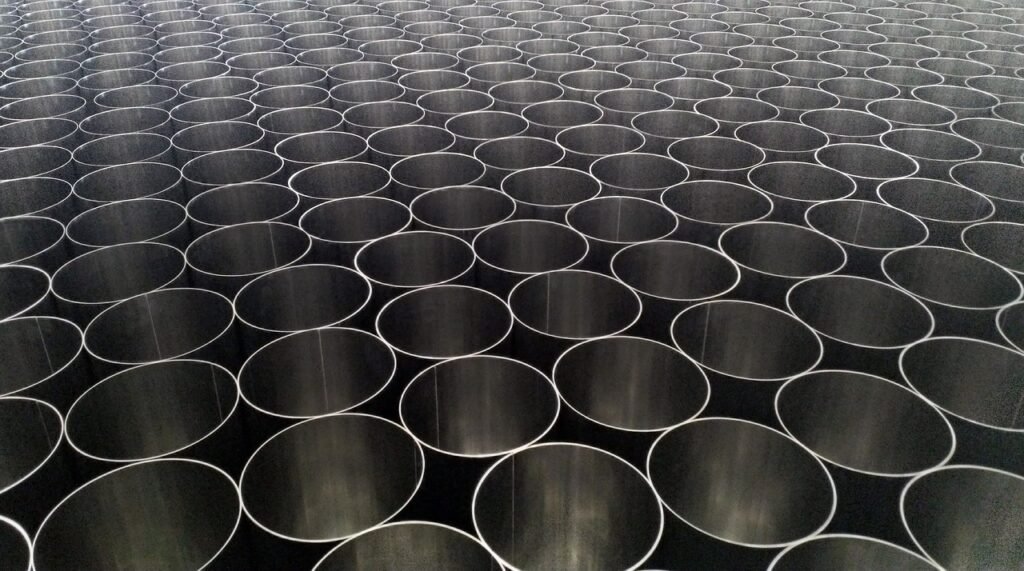Sustainability is an increasingly important priority in the construction sector and the use of environmentally friendly materials in engineering networks can make a significant contribution to protecting the environment. Modern solutions not only reduce the carbon footprint, but also ensure the long-term and cost-effective operation of infrastructure. In this article, we will discuss how sustainable materials can be used in outdoor utility networks and the benefits they bring to projects.

1. The importance of sustainability in the construction sector
The construction sector is one of the world's biggest environmental polluters, accounting for around 40 % of total CO₂ emissions and consuming a large share of natural resources. As a result, there is an increasing search for ways to reduce the impact on nature, and one of the most effective means is the use of environmentally friendly and recyclable materials.
In outdoor engineering networks, this can be achieved through the following solutions:
- Use of recycled or renewable materials.
- Deploying long-lasting and low-maintenance solutions.
- Integrating energy-saving technologies.
2. Applying environmentally friendly materials in outdoor utility networks
Sustainable materials can be used in a wide range of outdoor utility applications, from water supply and sewage disposal to electricity and gas infrastructure.
2.1 Recycled plastics and polymers for pipelines
Why choose?
- Recycled plastics reduce waste and dependence on primary petroleum products.
- Durable polymer pipes made of HDPE or PP are corrosion-resistant and can be recycled at the end of their service life.
Practical applications:
- For wastewater and rainwater harvesting systems.
- Water supply infrastructure.
2.2 Geopolymer concrete for wells and tanks
Why choose?
- Geopolymer concrete uses less cement, the production of which is a significant source of CO₂.
- It has high chemical resistance and durability.
Practical applications:
- Sewer manholes and collectors.
- Rainwater storage tanks.
Biodegradable and recyclable insulation materials
Why choose?
- Traditional insulation materials such as polyurethane are difficult to recycle and pollute the environment.
- Eco-friendly alternatives, such as eco-fibre or hemp fibre, are biodegradable and recyclable.
Practical applications:
- For the insulation of underground water and heat supply pipelines.
3. Benefits of using sustainable materials
3.1. Reduced environmental impact
- The use of recycled and environmentally friendly materials reduces the use of fossil fuels and CO₂ emissions.
- Durable materials reduce the need for frequent repairs, which reduces waste.
3.2 Cost-effectiveness and durability
- Sustainable solutions often have a longer lifespan, reducing maintenance and replacement costs over time.
- Durable materials help avoid costly accidents and breakdowns.
3.3. Resilience to extreme conditions
- Geopolymer concrete is more resistant to chemicals and temperature fluctuations than traditional cement.
- HDPE pipes made from recycled plastic can withstand high pressure and are resistant to corrosion.
4. Future prospects and innovation
4.1 Green infrastructure and natural solutions
Increasingly, engineering networks are being combined with natural solutions such as:
- Rain gardens and filtration systems for rainwater treatment.
- Green roofingwhich help reduce the burden of surface water on infrastructure.
4.2 Smart technologies for sustainable operation
- Smart water supply systems enable more efficient resource management and reduce water losses.
- Sensor and IoT (Internet of Things) solutions enable timely detection of faults and optimisation of network operations.
Conclusion
Sustainability in the construction sector is an inevitable future direction, and the use of eco-friendly materials in outdoor utilities not only helps to reduce the environmental impact, but also ensures cost-effectiveness and durability in the long term. Whether we choose recycled materials, geopolymer concrete or smart monitoring systems, we are contributing to a more sustainable and efficient infrastructure.


